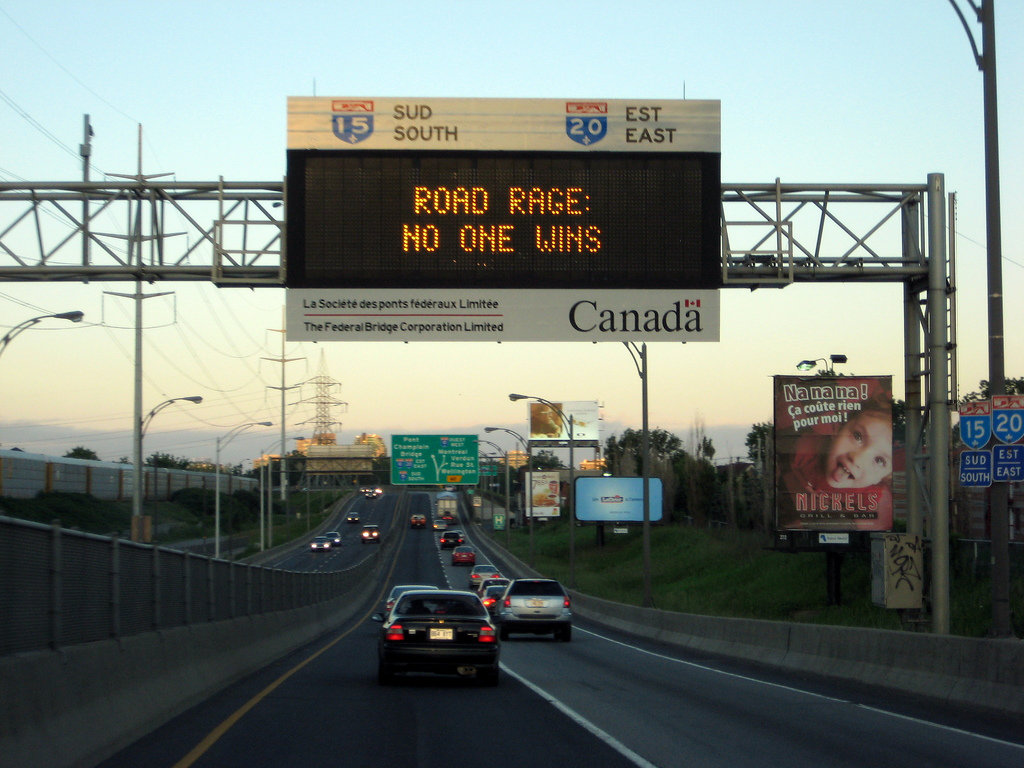Drivers encounter many challenges when traveling the roadways. It is one thing to get annoyed when another driver cuts you off or fails to use a turn signal. It is quite another to respond by running this driver off the road. Unfortunately, far too many drivers experience road rage and their aggressive habits can threaten the safety of other travelers including your passengers and you.
Road rage is characterized by several aggressive behaviors, so identify whether any of these apply to you. While good drivers pass only on the left, those who are aggressive use any lane possible including one that is occupied. They have no problem blocking passing lanes and often bear down upon other cars that are in their way even if these vehicles correctly yielded to faster traffic by moving into the right lane.
At intersections and when driving on narrow streets, good drivers stay to the right as much as possible. Aggressive drivers go wherever they please. They also fail to maintain an appropriate distance when following other cars, motorcycles, or bicycles, increasing the likelihood of a collision. These drivers also do not maintain an appropriate distance when moving in front of vehicles they have just passed.
Using headlights when driving in low light conditions such as cloudy or rainy days is one recommendation that aggressive drivers do not follow. Many are so brazen as to completely disregard motorist laws including following the right-of-way rule at a four-way stop or coming to a complete stop at a stop sign or before turning right at red lights when permitted. They may not even slow down at intersections or yield to pedestrians, putting these foot travelers in peril.
Aggressive drivers have no consideration for speed limits. They do not drive below posted speed limits when this is wise, they never slow down in construction zones, and they tend to speed whenever possible. Making things even more unsafe for other drivers by failing to use turn signals, flashing headlights to indicate the desire to pass, and leaning on the horn whenever possible causes these drivers to be moving hazards.
Good drivers signal intentions when warranted and acknowledge the intentions of others. They practice considerate behaviors when both driving and parking. Aggressive drivers challenge others on the roadways and look for excuses to use inappropriate and offensive gestures. If you have caught yourself exhibiting aggressive behaviors while driving, address the issue before someone gets hurt.
*Photo Courtesy of Bobby Hidy via Creative Commons License

